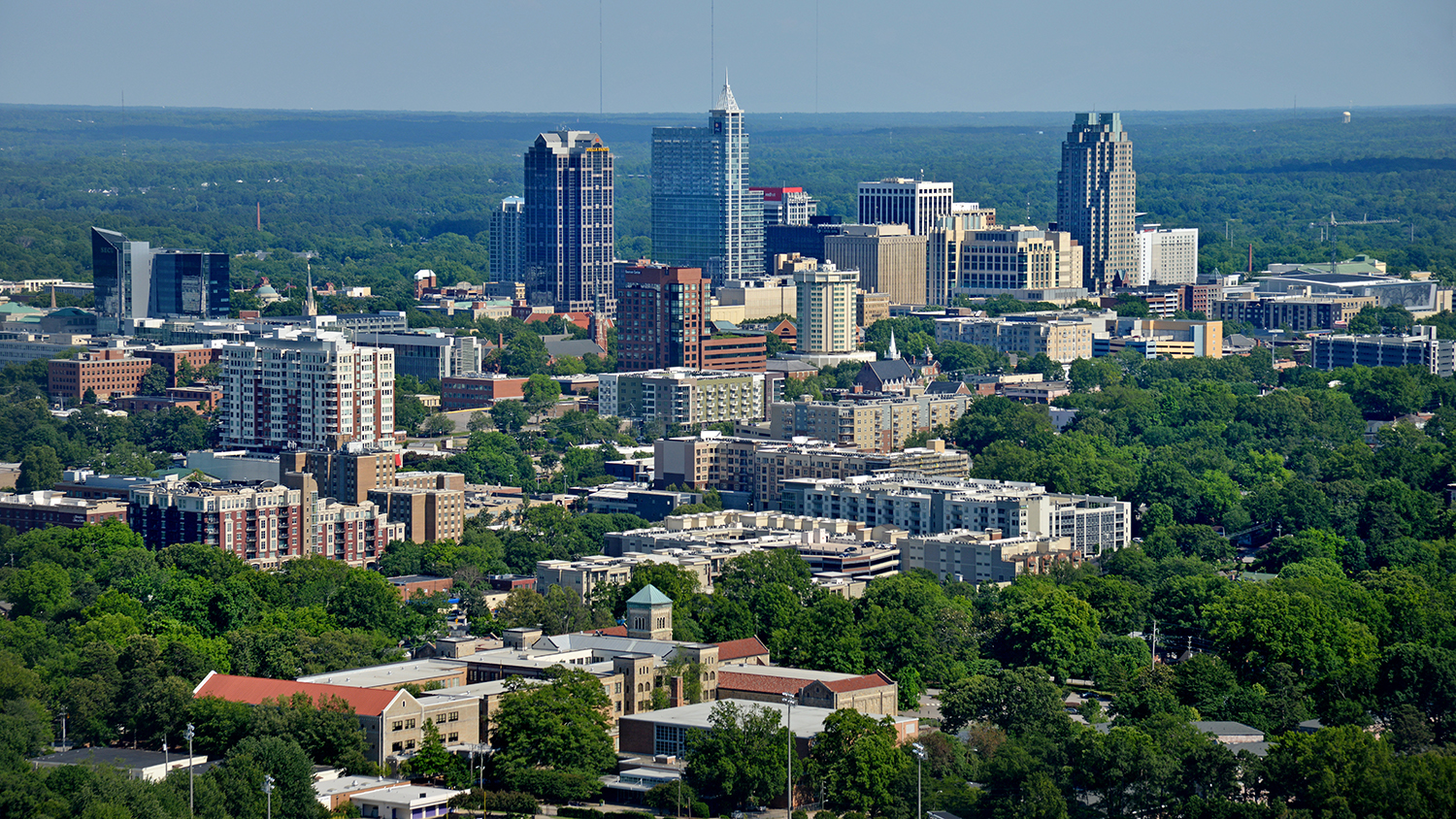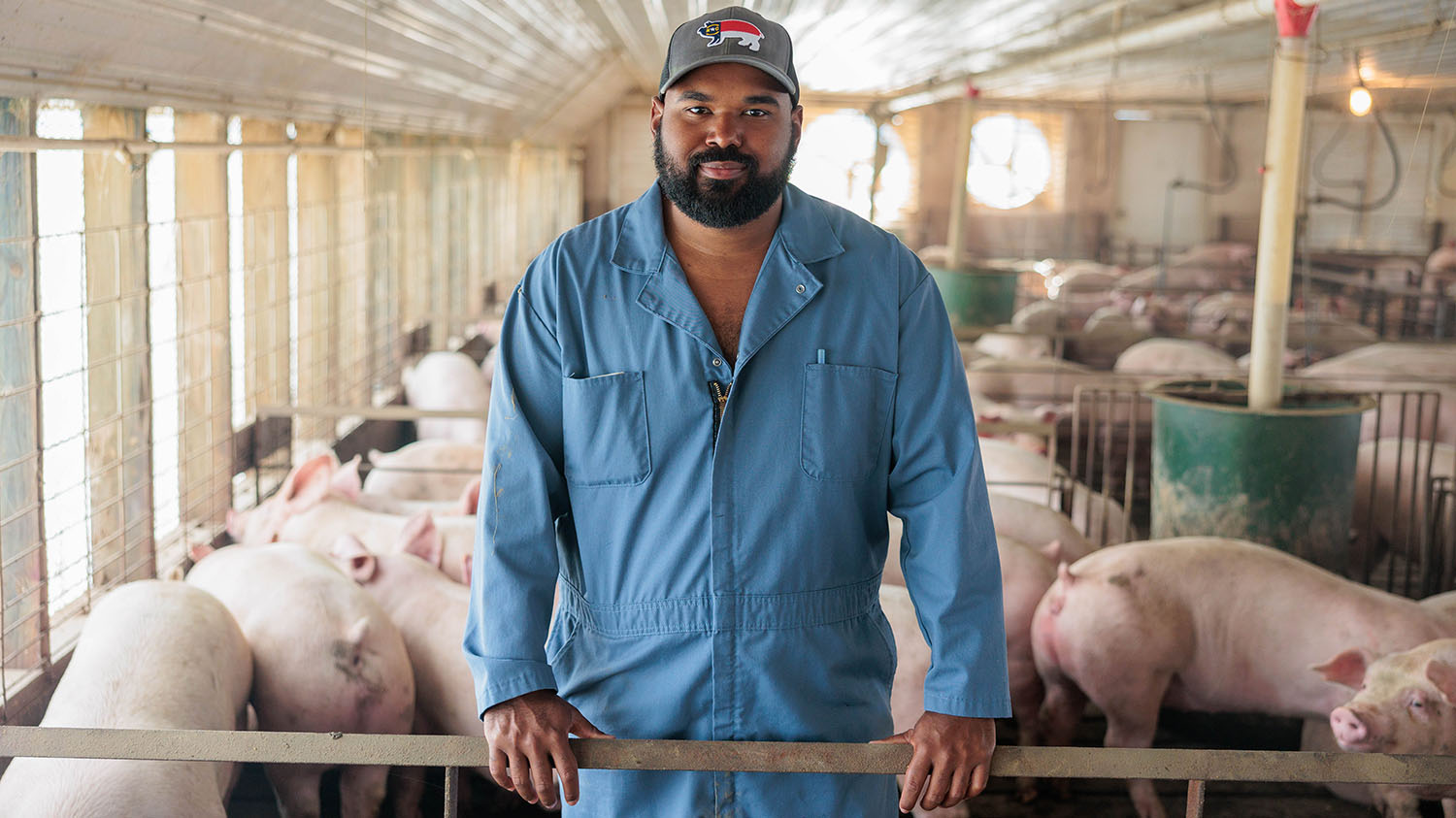You Decide: What’s The Future Of Retail Buying?

By Dr. Mike Walden
As 2018 kicks off, there’s good news and bad news for retail sellers. The good news is that consumers opened their pockets wider for the Christmas holiday buying season than at any time in the last decade. Aggregate retail spending at the end of 2017 is expected to be up 4 percent to 5 percent when all the receipts are in.
For the bad news, three items caught my eye showing the continuing struggle of some retailers. Sears – once the leading retailer in the country – announced it was closing over 100 stores nationwide. In my hometown of Cincinnati, the downtown Macy’s store said it was shutting down. And a Wall Street Journal article at the end of the year highlighted the plight of many small towns in North Carolina that are without typical consumer services, like banks.
Of course, one factor behind these changes is the different way people now shop. When I was growing up in the 1950s and 1960s, people had to go to a store to buy anything. Even home delivery was rare. Cities, towns and intersections were cluttered with retailers vying for consumers’ business.
That all began to change when the internet was perfected for mass usage beginning in the 1990s. On-line buying became possible and has been growing ever since. Although cyber-buying still takes a backseat to purchases at physical stores – sometimes referred to as “brick and mortar stores” – the click-and-buy technique has tripled in use in just the last ten years. If this trend continues, cyber-buying will be the way most people shop in just a few decades.
Traditional brick-and-mortar retailers have been watching and know they have to change in order to survive. It’s just that some can’t change fast enough to stop the bleeding from their bottom line. The only option – other than throwing in the towel – is to shut down weaker stores and undertake a remake with their stronger outlets.
Still, I think several well-known national retailers may call it quits in the next few years. This may actually help the remaining retailers survive as there now would be fewer of them to compete in the marketplace.
But what do the brick-and-mortar retailers have to do to survive the emergence of on-line buying? First, they have to embrace it, and many have. Numerous traditional retailers already have an active on-line buying alternative. They offer store pickup or home delivery. Plus – and this is becoming very important for cyber-buying – the retailers make it easy to return purchases directly to their stores.
But don’t expect cyber-sellers to stand idly by. Many already offer free returns, while others have – or plan to have – physical locations for quick take-backs.
Yet there are two advantages traditional retailers will try to exploit in their ongoing showdown with the cyber giants. One is personal service. Even though cyber sellers have developed several ways to personalize purchases and give attention to individual tastes, sometimes there’s no substitute to seeing in-person a product and receiving immediate reactions and suggestions from a trained salesperson.
The other advantage is physical convenience. Cyber-buying is convenient as a way to purchase, but not as a way to inspect a product prior to buying. Traditional brick-and-mortar stores realize this, which is a big reason why residential neighborhoods of the future might be interspersed with stores, shops, restaurants and entertainment venues. Young households – the millennials – like this kind of living, as do the rapidly-retiring, empty-nester baby-boomers. If you put these two groups together, you have the majority of buyers in the country.
So the future of traditional retail might be a return to the past. Instead of driving to a large grouping of stores at a mall or shopping center, retail stores will be within walking distance of people’s homes.
But will traditional retailers be in rural areas, many of which are struggling to keep people as well as stores? All the dynamics in the economy favor urban regions over rural communities, and futurists see little to change this in the coming decades.
It is therefore somewhat ironic that cyber-buying, as well as cyber-banking and maybe eventually cyber-health care, may ultimately be more important in rural areas than in urban ones. It may be that as we look back from future years, it will be the internet and internet linkages that kept rural regions served, financed, healthy and viable.
Of course, this is all speculation based on trends, challenges and opportunities I see today. Some game-changing technology – like artificial intelligence or virtualization – could change everything about retail buying; indeed, they could change everything about everything!
Yet for now, there’s a real heavyweight championship on the line between traditional retailers in one corner and upstart cyber retailers in the other. Let’s just hope that when the match is over, the judges will decide that we buyers are the winners!
Mike Walden is a William Neal Reynolds Distinguished Professor and Extension Economist in the Department of Agricultural and Resource Economics at North Carolina State University. He teaches and writes on personal finance, economic outlook and public policy.
- Categories:


